The S25 Edge’s Custom Haptics Motor Explains Samsung’s Newfound Love Of Lean Phones
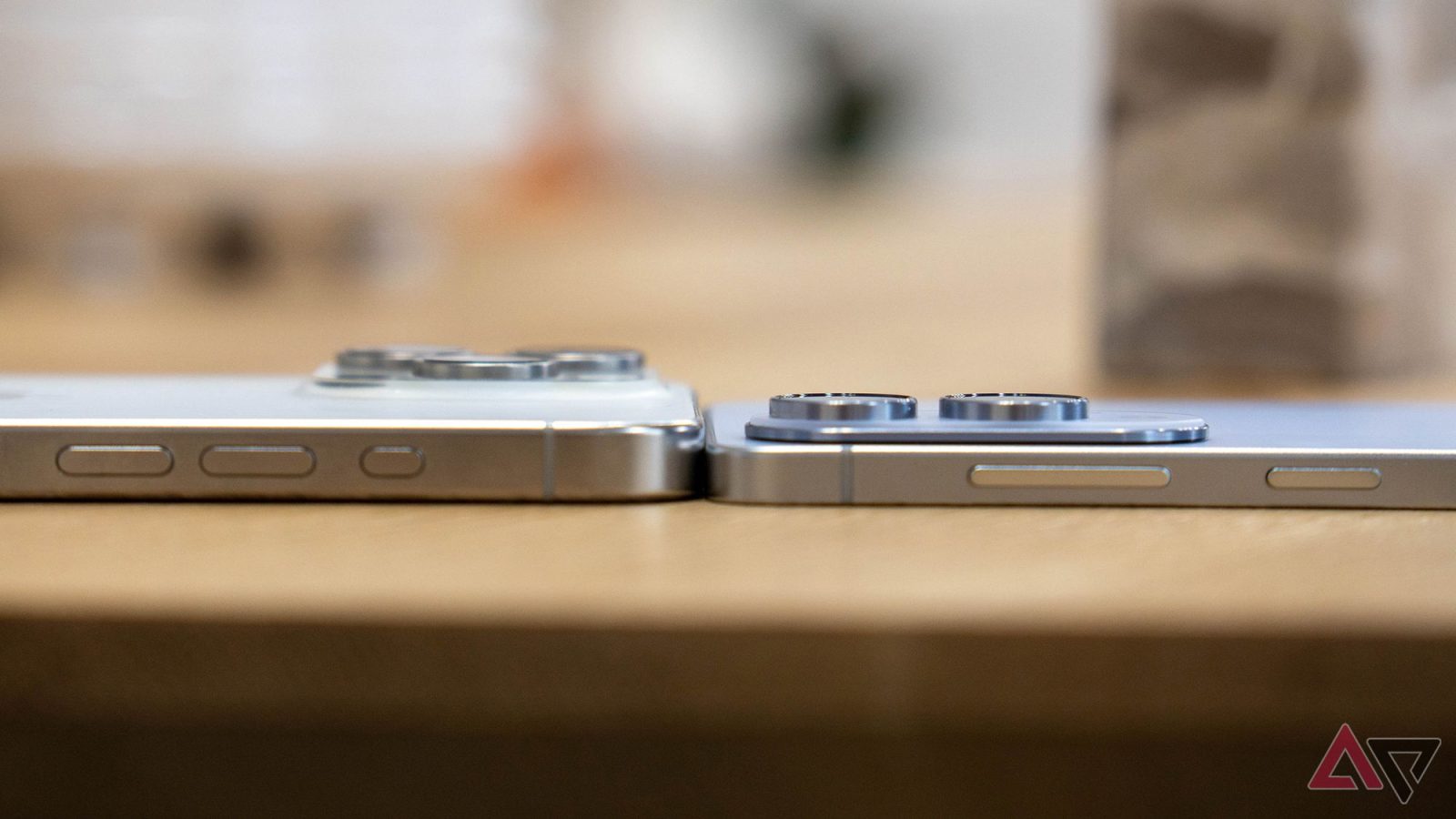
Contents
Summary
- Galaxy S25 Edge teardowns reveal it uses a custom, ultra-slim haptics motor, and the same speaker design as the Z Fold 6.
- Slim phone development can serve as a stepping stone for flagship foldable device components, while also keeping product lines fresh and interesting.
- Foldables need more than slimmer dimensions to be truly great, but hardware suitable for slim phones like the Galaxy S25 Edge can help pave the way.
Mentioning the apparent rise of slimmer phones inevitably sparks a flood of “Nobody’s asking for this” commentary. Regardless of who is or isn’t asking, though, we’re getting them, and the Galaxy S25 Edge is the first to hit the ground running. Now that it’s been officially announced, we’re starting to see feedback on the design from experts.
One such bit of feedback includes a picture of two tiny, rectangular components from prominent leaker @TheGalox_ on Twitter/X. These unassuming little boxes play huge roles as the vibration or haptics motors in two of Samsung’s most advanced phones. The one on the right belongs to the S25 Edge, and offers insight into why manufacturers seem so gung-ho about developing ever-thinner phones, despite consumers’ and experts’ apparently lukewarm interest. It’s simple: Companies want to get the most out of their research and development investments.
A tale of two cutting-edge designs
I’ll use your skinny speakers, and you can use my slim haptics
Lots of people talk about how nobody’s asking for slimmer phones. Invariably, that leads to discussion of the significant drawbacks of razor-thin devices. But there’s one other reason for manufacturers pushing the slim-phone craze on consumers out of seemingly nowhere. It’s not a conspiracy theory, either, but just good business.
As Taylor Kerns, AP’s Google editor, points out, Samsung isn’t giving the slim treatment to the phones that really need it — its foldables — but not for lack of trying. The picture comparing the S25 Ultra and S25 Edge haptics modules is one of the first real-world indications that companies are taking advantage of slim phone excitement to continue engineering components small enough to fit into foldable devices with moving parts.

Related
Why manufacturers are pushing slimmer slab phones
A development ethos, if not quite a roadmap

Almost every company’s foldables department is playing catch-up with the Honor Magic V3’s top-of-the-line hardware and design.
To be clear, the Edge’s custom-designed, 2.73mm-thick ESA0815 vibration motor may never make its way into a Z Fold or Flip. And, quite frankly, foldables need more than just thinner bodies to go truly mainstream. But pointing engineering teams in the same general direction (in this case, towards the thinnest components possible) opens the door for reduced cost and streamlined development down the road.
If that’s too speculative for you, consider the speakers. The S25 Edge’s cones measure 1.75mm thick, occupying an identical amount of space as those of the Z Fold 6. In other words, it goes both ways. Developing svelte internals meant for complex foldables has left Samsung (and other manufacturers) with a bevy of whiz-bang hardware capable of cramming into the tiniest spaces. Why not pack them into a slab phone? And when engineers develop the novel components that enable a 5.8mm-thick slab phone, what’s stopping them from also improving the next round of foldables?

Related
Not only is nothing stopping them, the logical co-development of foldable and ultra-slim phones offers one reasonable answer to the question, “Who’s asking for slimmer phones?” Companies want to convince consumers that 5mm-thick phones are really the cat’s pajamas. That way, they can continue to refresh product lines with the new designs, without completely abandoning the high-level research required to make folding phones worthwhile for the average user.
Naturally, hurdles like pesky creases and finicky flexible glass will remain specific to the Z Fold and Flip series and their competitors. But, in the light of increasingly compact components and their layouts, the S25 Edge can be seen almost as an engineer’s testbed and designer’s playground, with an eye on improving the future of foldable phones.
What’s your reaction?
Love0
Sad0
Happy0
Sleepy0
Angry0
Dead0
Wink0



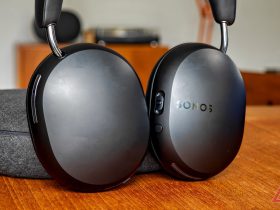




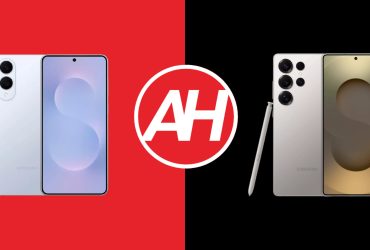
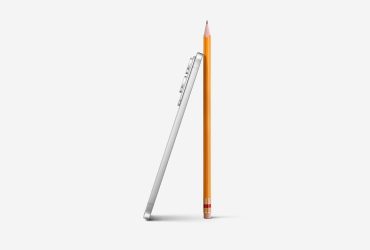
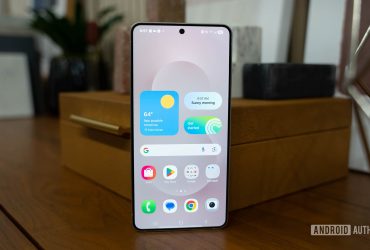
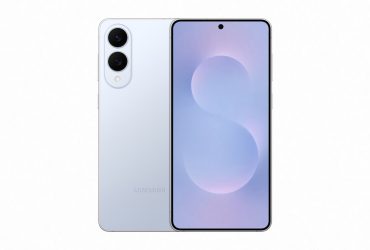
Leave a Reply
View Comments